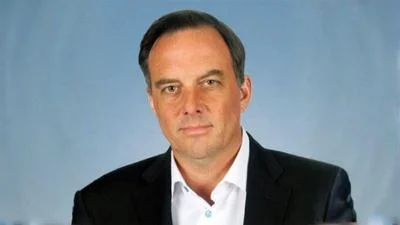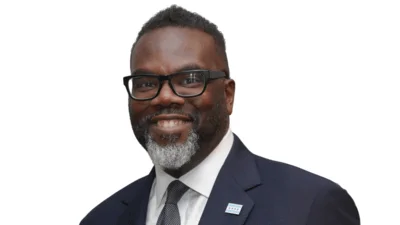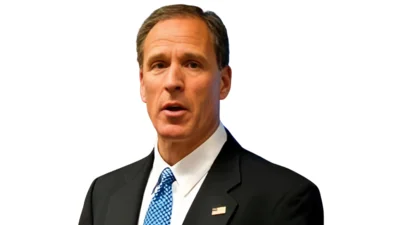CPS
CPS
An investigative report into student-on-student sexual assaults in the Chicago Public Schools (CPS) published recently in the Chicago Tribune is another heartbreaking symptom of a school district beyond repair, according to lawmakers and education experts asked for their reactions to the report.
“CPS is too big, too corrupt, and too insulated to reform itself,” state Rep. Jeanne Ives (R-Wheaton), a long-time critic of bloat and poor performance in the schools, told Chicago City Wire. “It is one of two school districts that should actually be broken up into smaller districts because the bureaucracy is unaccountable.”
In the July 27 article, “Abused By Students, Failed By Adults,” the Tribune detailed “nearly 40 cases in which students reported being sexually attacked in Chicago schools since 2008.” There may be many more. The story noted that police records on juvenile suspects are sealed, as are most of the records from juvenile court proceedings.

Lennie Jarratt
In one instance, a 15-year-old with autism assaulted a classmate, also with autism, three times over a school year. The students were supposed to have constant supervision, even in the bathrooms where the assaults occurred, according to the report.
”The Chicago Tribune's reporting on predatory adults in its 'Betrayed' series already has resulted in an overhaul of the Chicago Public Schools' child-safety programs as well as bipartisan state legislative support for new laws to protect students,” the story said. "Now, in an examination of student-on-student sexual attacks, the Tribune found that Chicago students also were violated by classmates as employees failed to keep them safe.”
Neither the Illinois Education Association nor the Illinois Federation of Teachers responded to a request for comment on the Tribune story.
Jesse Sharkey, the Chicago Teachers Union vice president, blamed the assaults on insufficient funding.
“Our school communities, and specifically, special education, have for years been chronically underfunded and understaffed in Chicago Public Schools, which has removed hundreds of teacher assistants from classrooms and put thousands of children at risk,” Sharkey said in a statement.
But Lennie Jarratt, project manager for Transforming Education at The Heartland Institute, said that “money or lack of it has nothing to do with it.”
He agreed with Ives that the CPS should be dismantled and reassembled into smaller districts. And he recommended two vital reforms that will both make kids safer, and direct more dollars to the classrooms and not the unions.
Child Safety Account programs, devised by Heartland, would allow parents to move their child to another public, private or parochial school the instant they believe that child is at physical or psychological risk.
Federal law does allow the transfer of students who feel threatened, but Heartland said the law holds only when a school is considered to be “persistently dangerous.” Fewer than 50 out of 100,000 schools fall into that category under the law.
Another program, Universal Education Savings Accounts (ESA), would fund the children and not the schools.
With an ESA, state education funds allocated for a child are placed in a parent-controlled savings account. Parents would then use a state-provided, restricted-use debit card to pay for whatever resources they needed to cover the costs of their child's education.
“CPS has become so heavy with administrators in part to comply with federal and state mandates, enacted often times at the request of the unions, that they have lost a sense of accountability to the kids,” Jarratt said.
A report published earlier this year from the Wisconsin Institute for Law & Liberty (WiLL) and Mississippi State University’s Institute for Market Studies estimates an ESA program could, due to increasing high school graduation rates and a decrease in criminal activity, result in more than $1.6 billion in accrued economic impact to the State of Mississippi.
Finally, Ives said, “parents should demand school choice vouchers to get out of these dysfunctional schools.”





 Alerts Sign-up
Alerts Sign-up